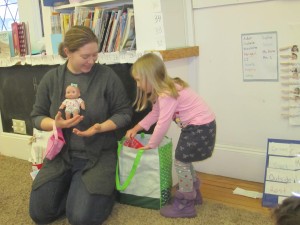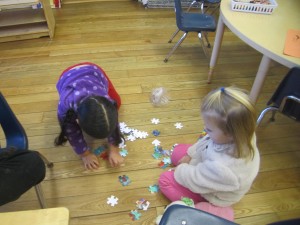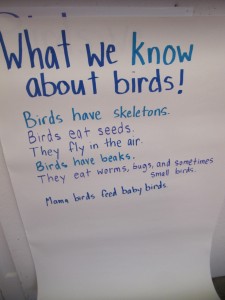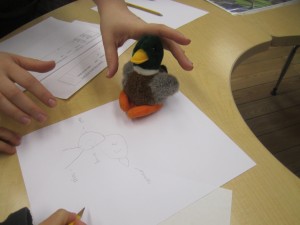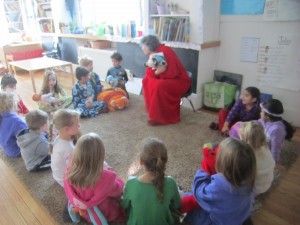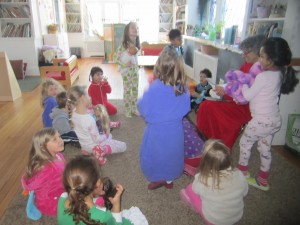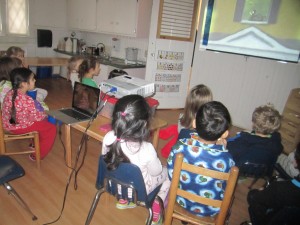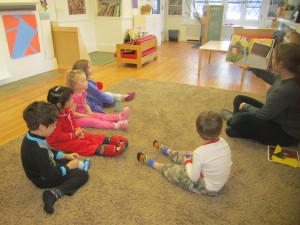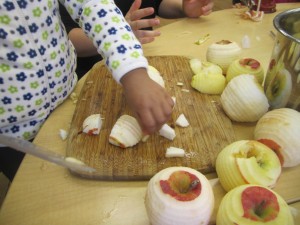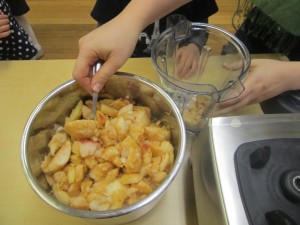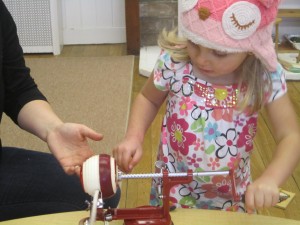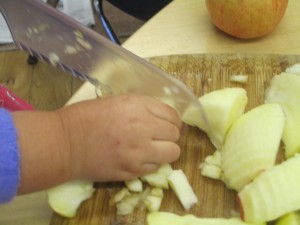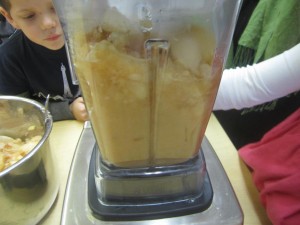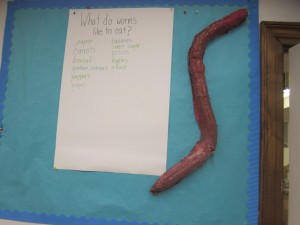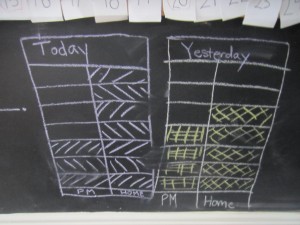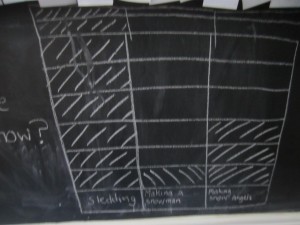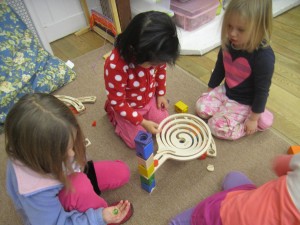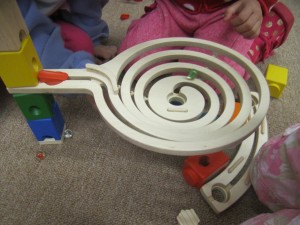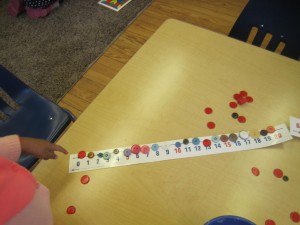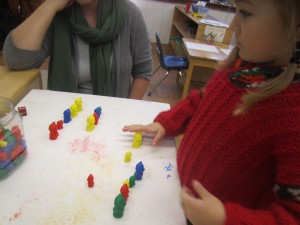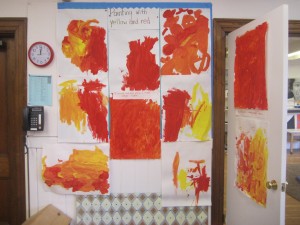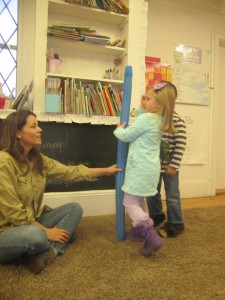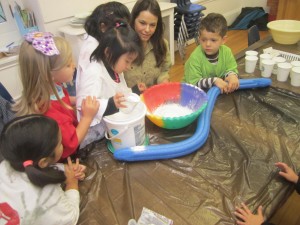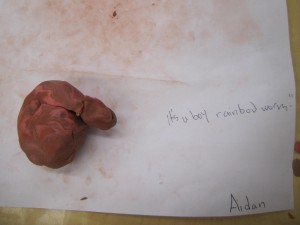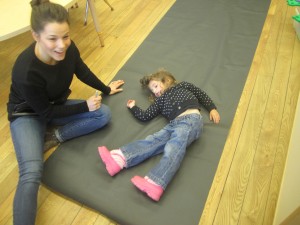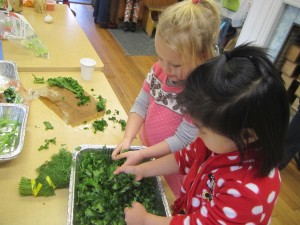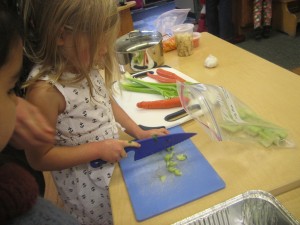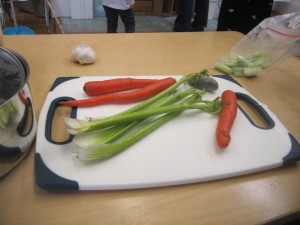Welcome back!
Direct instruction really can limit young children’s learning. Teaching is a very effective way to get children to learn something specific…But it also makes children less likely to discover unexpected information and to draw unexpected conclusions.
Why Preschool Shouldn’t Be Like School
New research shows that teaching kids more and more, at ever-younger ages, may backfire.
By Alison Gopnik, PhD. Professor, Researcher on how young children learn
In this article in Slate.com Ms. Gopnik, Berkeley professor and researcher on how young children learn, cites research on how direct instruction of young children limits learning and makes children less curious and less likely to discover new information. In other words, direct instruction made the children less curious and less likely to discover new information.
In addition to cognitive development, our preschool classroom recognizes that children develop socially and emotionally through emerging relationships with one another and with our environment. We believe that every activity is an opportunity to nourish wellbeing, confidence, empathy and democratic living. The week before our holiday break when we were immersed in the frantic pace of the season we tried to refocus the children’s excitement and energy. Our goal was to use the spirit of the season to think about giving in a meaningful way. We talked about giving to the natural world that has been such a big part of our program at BCD. To that end we reflected on our many walks throughout our beautiful and multidimensional outdoor campus. These experiences have helped us become both curious explorers and adventuresome, confident learners. The leaves, pinecones, twigs and pebbles have given us opportunities to sort, classify, measure and count. Breezes, bird song, changing colors and the textures of bark have enlivened our senses and heightened our observation skills and sense of wellbeing. We have experienced the wonder of animal footprints, the thrill of writing in the sand, the magic of icicles and the amazing properties of mud.
Our campus has given us so much! Every day we have learned about our natural world here at BCD. So the week before the holiday break we found ways to give by giving back. We made feasts for the birds using pinecones and other natural materials. It was a calming, quiet activity and helped us to feel the spirit of giving while deepening our understanding of our relationships with one another and with our environments. What a wonderful way to spend this highly charged week with your children! We saw focus, gratitude, peace and friendship abound in our classroom. As teachers we, too, are grateful to develop our relationships with you through your children.
This week, our first week back from our break we gathered in circle to discuss what the children observed at their feeders. We found that some had many interesting visitors and that some children were not able to hang their feeders outside. This is understandable, as we know this is a hectic time of year. Perhaps we will follow up with this activity at school.
Your children also shared thoughts about what they did over the holidays. Isabelle spent time with her family, Aidan watched a scary movie,
Sophie built a castle, Abigail made a mermaid castle and Noelle spent time with Grammy.
Monday morning we also began our “Star of the Week!” program. This is an opportunity for each child to be a star and to share various things that are especially important to them during their assigned week. Children are encouraged to bring in one thing each day that they would like to share. These might include: a special book, photograph/album or stuffed animal/doll. They will also have the opportunity to be “interviewed” by their classmates. This is a very fun and low-key way to get the children used to sharing in a group setting.
Isabelle was our first “Star of the Week!” So far she has shared a picture that she drew of her whole family, shared her dolls, and talked about her love of horses. She shared and explained some horse items – various brushes, a hooves picker, special gloves, riding boots and a photo of her riding Oreo. We have put her drawing, her photo and some of the questions and answers from her interview on our Star of the Week wall. Thank you, Isabelle! Unfortunately this was a short week for her with our two snow days, so we are inviting Isabelle to share two days next week, as well, if she would like.
We eased ourselves back into our morning routines with quiet centers on Monday, including reading corner, art, and blocks. On Tuesday we extended our bird investigations, beginning with observations. We choose birds from our puppet collection and real photos to observe, sketch, and label, using both pencil and colored pencils. Neha noticed the map in one of the birding books and told us that the shaded area part tells us where that bird lives. In circle we did the “K” of KWL (What we KNOW about birds; What we WANT to know, What we LEARNED.)
The bitter cold kept us inside, and we watched a DVD, The Snowy Day. We do not normally watch DVD’s – as this is a passive activity, but there are times, when it helps to extend our learning. In addition to it being topical, this story is a classic work of children’s literature and is a book many children are familiar with. The Reggio approach understands that children use many languages to communicate – movement, gestures, song, language and so forth. We also realize that children receive information in many ways – listening, seeing, touching, etc. Watching the story is another way of receiving information.
What a wonderful Wednesday we had! Pajama Day! It was a “warm fuzzies” kind of day, feeling a sense of community while connecting with one another in a new way! The kindergarten class came over and Ms. Patel led our pj circle, starting with our greeting which was “Good night!” instead of “Good morning!” She read some stories and we sang some songs together. We then worked in groups for some fun activities – making breakfast or dinner, doing a starry night art project, and then doing a different art project using collage (black and yellow paper.) Later, we had popcorn and a movie, How do dinosaurs say goodnight? This time our purpose in showing a DVD was to build relationships with a feeling of togetherness, a community in an unusual setting, all in our pj’s, cozy on a freezing day, sharing popcorn and friendship. We all experienced a different kind of good mood, and it was simply wonderful!
